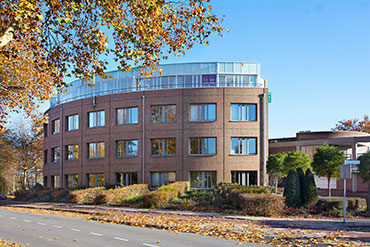Driving on green gas from fresh manure emits the least nitrogen
March 2020 it’s going to happen, all cars will only drive 100 km/h on the highway during daytime to reduce nitrogen emissions. A reduction from 130 km/h to 100 km/h results in a 14% nitrogen reduction. What is special about this target and behavioral measure is that it applies to all cars, regardless of how much nitrogen they emit.
I have always learned that you should reward desired behavior and punish unwanted behavior. The goal is less nitrogen, so it makes sense that you only let those cars drive faster that emit (a lot of) nitrogen. That is why it is good to first check which cars emit a lot of nitrogen. The table below, based on research conducted by TNO and the Center for Energy Saving (CE) from Delft in 2014, provides an insight into this.
| Nitrogen Emission | Nox (g/km) |
| Petrol (euro 95) | 0,02 |
| Diesel | 0,49 |
| LPG (retrofit) | 0,09 |
| CNG | 0,03 |
| Electric | 0,00 |
| Electric (incl. fossil generation) | 0,07 |
| Green gas (mono manure) | -1,60 |
It is clear that a type of car stands out clearly. This is the electric car and that makes sense. This car emits absolutely nothing on the road. However, NOx emissions from electricity generation are not included. According to CE, this is 0.49 grams of NOx per kWh in the Netherlands. This gives 0.07 grams per km, assuming a consumption of 0.15 kWh per km (an average consumption for an electric car). Now of course, if you drive on green energy than your electric car has zero emissions!
In addition to electric driving, driving on petrol and CNG score well as an alternative. CNG stands for Compressed Natural Gas and simply means driving on natural gas. It scores slightly worse than petrol. But what about the sustainable variant, green gas.
Green gas
The advantage of green gas is more complicated. The ammonia emission of the fresh manure is lower when used by mono-manure fermentation than when used on the land. This results in a very substantial drop in nitrogen emissions. The question is, can you attribute this to the person who drives a car on green gas. I have no answer for that, but if you do, the savings are tens of times greater than the emissions. Nitrogen emissions can be even further reduced by reducing ammonia emissions through manure processing.
In summary, we can say that a car running on green gas emits much less nitrogen than a diesel car, and the effect is even greater if we include the chain effects of mono-manure fermentation. A conclusion I certainly did not expect. It therefore seems to me justified that drivers on green gas (on mono manure) and green electricity drivers can continue driving at 130 km/h.
CCS has opened a petrol station on the Marke to make it possible to drive on green gas from fresh manure. Here you can really refuel at a farmer. For more information, see the project page of the Netherlands Enterprise Agency (in Dutch).
About this article
23 December 2019 / Author: Dr. Ir. René Cornelissen

